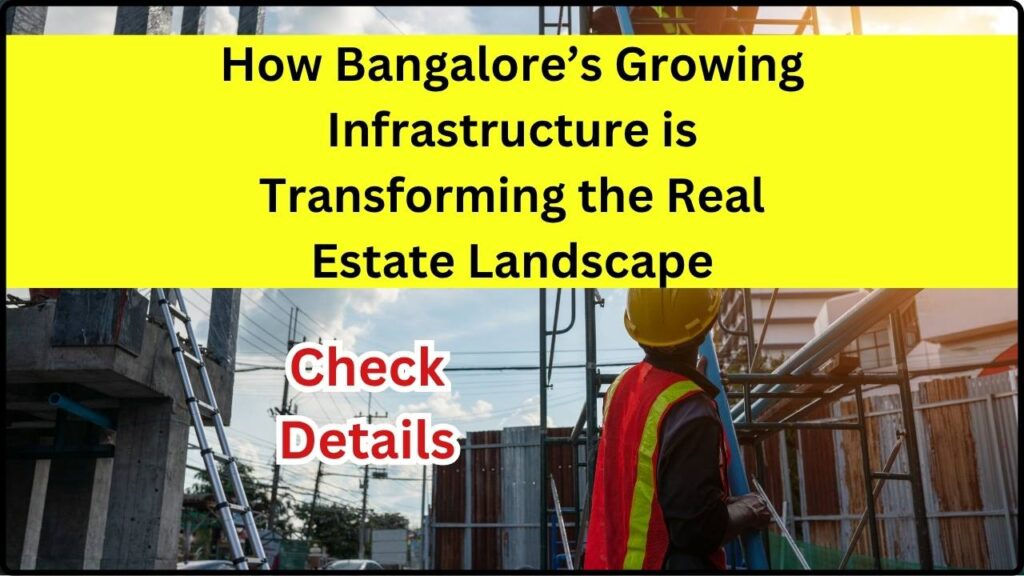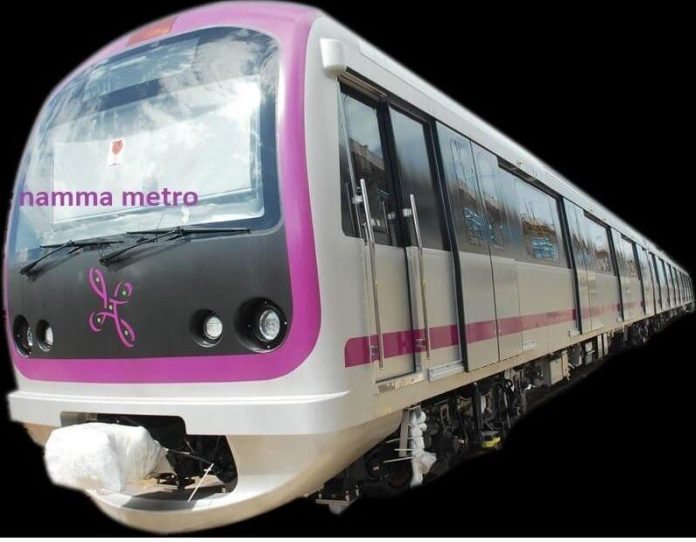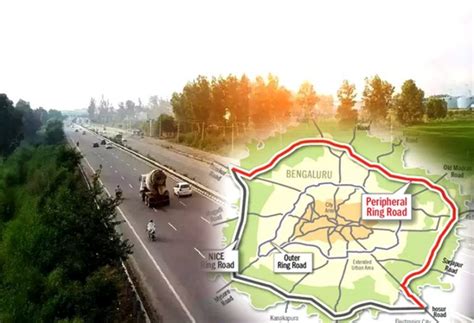Bangalore’s Growing Infrastructure is Transforming the Real Estate Landscape: How Bangalore’s growing infrastructure is transforming the real estate landscape is more than a catchy title—it’s the reality unfolding before our eyes. The city, once known mainly for its traffic snarls and tech parks, is undergoing a massive evolution. From metro lines stretching farther and faster, to ring roads weaving new neighborhoods into the fabric of the metropolis, Bangalore’s infrastructure boom is reshaping property values, rental markets, and development hubs. Here’s an in-depth, friendly-yet-authoritative look at what’s happening, and what it means for you.
Bangalore’s Growing Infrastructure is Transforming the Real Estate Landscape
Bangalore’s infrastructure evolution is more than an upgrade; it’s a complete transformation. The city is becoming easier to move around, greener, and financially lucrative for both buyers and developers. Metro lines, ring roads, suburban rail, and expressways are not just road and rail—they are corridors of opportunity.
If you’re thinking of buying a home, investing in classified land, or launching a commercial project, now—2025—is your action window. Plan around infra activation timelines, vet projects carefully, and align with areas showing strong appreciation potential. The city is shifting, brick by brick—and every commuter, buyer, landlord, and investor has a stake in its new world. Get in early, stay informed, and you’ll ride this wave to real estate success.

| Aspect | Details |
|---|---|
| Metro Expansion | Purple and Blue Line extensions boosting demand in East & North Bangalore |
| Peripheral Ring Roads (PRR/STRR) | 73 km 12-lane PRR plus STRR Phase I easing traffic; peripheral plots booming |
| Suburban Rail | Four-corridor system launching by end-2026; ROI zones near stations |
| Airport Corridor Expansion | Terminal 2 and expressway to Hebbal–KIA: big boost for North Bangalore |
| Property Appreciation (2023–25) | North & East Bangalore saw 25–35% surge in values |
| Ideal Investment Pockets | Hoskote, Devanahalli, KR Puram, Sarjapur, Yelahanka |
| Official Infra Links | BMRCL Metro Map, STRR Project Details |
Understanding the Infrastructure Boom in Bangalore
Bangalore’s growth strategy is clear: connect the dots. Every new project adds not just roads or metros, but spurs development, revitalizes neighborhoods, and attracts both corporate and residential interest.
Namma Metro Expansion
- Phase 2 & 3 Coverage: The Namma Metro is expanding rapidly—covering over 175 km by 2026. Key corridors include Whitefield–KR Puram, Electronic City–Yelachenahalli, and Nagawara–EV Ground.
- Connectivity Gains: Metro access can cut commute times by 30–45 minutes compared to road travel, especially during peak hours.
- Real Estate Impact: Reports from JLL India note that properties within a kilometer of new metro stations appreciate 20–35% faster than the city average.

Peripheral Ring Roads (PRR & STRR)
- PRR Overview: A 73-km, 12-lane peripheral ring connecting Tumakuru Road, Magadi Road, Hosur Road, and beyond.
- STRR Benefits: STRR Phase I is specifically aimed at linking satellite towns and decongesting urban core roads.
- Real Estate Outcome: Land parcel values in places like Sarjapur, Attibele, and Magadi have risen 15–25% since 2023, per Knight Frank India.
Bengaluru Suburban Rail Network
- Corridor Plan: Four new lines (Sampige, Mallige, Kanaka, Parijata) totaling roughly 148 km, with phased operations beginning in late 2025 and full rollout by the end of 2026.
- Station-Oriented Growth: Transit-oriented development (TOD) zones are expected near stations like Yelahanka, Baiyappanahalli, and Yeshwanthpur.
- Investor Attraction: Developers are already selling flats marketed as “Suburban Rail ready,” with 8–12% higher booking rates than non-TOD properties.
Airport & Multi-Modal Connectivity
- Airport Terminal 2: Operational since late 2023, Terminal 2 adds international capacity and brings business travel to Devanahalli.
- Hebbal–KIA Expressway: Direct highway connectivity slashes travel time between North Bangalore and the airport to 25–30 minutes.
- Market Response: Land prices in Devanahalli rose by approximately 40% between 2023–2025, while Hebbal and Yelahanka have seen a sustained 25% appreciation.
Emerging Projects to Watch
- Hebbal Metro Hub Redevelopment: Plans for a revamped multi-modal station are under discussion, highlighting public–private collaborations.
- Kommaghatta Commercial Zone: A proposed skydeck development is being eyed as a new hotspot for commercial and mixed-use investment.
- Green Corridors: Along suburban rail tracks, forested buffer zones are being studied to balance ecology and development.

How This Affects You: Real-World Examples
Life-changing before-and-after stories help paint the picture.
Scenario 1: The First-Time Homebuyer
- Meet Aisha, a software engineer tired of high rent in Whitefield.
- The Move: She buys a 2BHK near KR Puram station in mid-2024 for ₹75 lakh.
- The Outcome: Within 18 months, her unit’s market value hits ₹95 lakh—a 27% gain. And if she lets it, expected rent is ₹32–35k/month.
Scenario 2: The Land Investor
- Enter Sunil, banking on long-term returns.
- The Decision: He buys a plot in Hoskote last year at ₹1,800/sq.ft, close to the upcoming STRR junction.
- The Result: Local township developers have already sold nearby plots at ₹2,500–3,000/sq.ft. Potential ROI: ~70% within 2–3 years.
Scenario 3: Commercial Developer
- A global tech firm leases 100,000 sq.ft in Whitefield.
- The Justification: Employer mobility and proximity to metro/suburban rail ease staff commutes.
- The Outcome: Office demand in the corridor is expected to reach 60 million sq.ft by 2028—driving land and rental rates.
Where Should You Invest in 2025?
Here’s how to think about your next move:
- Anchor on Transit Hubs: Be within a 1‑km walk of a Metro or Suburban Rail station.
- Prioritize Emerging Zones: Focus on Hoskote, Devanahalli, KR Puram, Sarjapur, Yelahanka.
- Check Zoning & Approvals: Visit RERA Karnataka or BDA to confirm project compliances.
- Mix Asset Types: Consider a blend—residential units, plots, and plotted developments—or short-term rentals near transit.
- Factor in Yield Potential:
- Rental yields near metro: ~3–4% annually
- Plot flipping upside: 35–70% in 2–3 years
- Plan Exit Strategy: Aim for 3–5‑year hold with clear triggers—metro launch, PRR completion, land rezoning.
Trend Data & Market Projections
| Trend | Stat/Forecast (2025) |
|---|---|
| Rentals near new metro corridors | Up 18–22% since 2023 |
| Affordable plot demand (2023–25 CAGR) | 9.5%, especially in Sarjapur and Attibele |
| Overall property price growth (2023–25) | 25–35% in both North and East Bangalore |
| Office space demand projection (By 2028) | 60 million sq.ft, heavily centered on North & East |
| Suburban corridor impact zone | Properties 500–1000 m from stations expecting 20–40% growth |
These figures are backed by studies from Knight Frank India, JLL, Colliers, and public RERA dashboards.
Impact of Bangalore’s Growing Infrastructure is Transforming the Real Estate Landscape on Commercial Real Estate and Job Creation

While much of the conversation around Bangalore’s infrastructure boom centers on residential gains, the commercial real estate market is equally—if not more—transformed by these projects. As connectivity improves, companies are rethinking where they base operations, and job opportunities are following.
The Commercial Migration Trend
Historically, areas like MG Road, Koramangala, and Indiranagar were the go-to hubs for office spaces. But improved infrastructure is shifting the commercial heart of the city to newer zones.
- Whitefield and Outer Ring Road: With metro connectivity now fully operational and improved road linkages via the PRR, companies are expanding offices here to tap into the talent pool that already lives nearby.
- North Bangalore: The airport expressway and suburban rail corridors have made regions like Hebbal, Thanisandra, and Devanahalli the new frontier for commercial parks and SEZs (Special Economic Zones).
- Sarjapur–Attibele Belt: Once known for villas and gated communities, it’s now attracting IT parks and e-commerce logistics centers thanks to the STRR and PRR alignments.
New Supply & Leasing Activity
- According to a 2025 Q1 report from Colliers India, Bangalore saw over 10 million sq.ft of new commercial real estate supply in East and North Bangalore alone in the last 12 months.
- Leasing activity has picked up by 22% YoY, with 60% of it concentrated in metro-accessible zones.
Employment & Economic Growth
It’s not just buildings going up—it’s job ecosystems being built from the ground up.
- Devanahalli Aerospace SEZ: Spanning 950 acres, this zone near the airport is expected to create over 70,000 jobs by 2028 in aerospace, defense, and logistics.
- Whitefield Biotech Corridor: Boosted by metro connectivity, the corridor is attracting healthcare giants and pharmaceutical startups, expected to generate 40,000+ new jobs in the next three years.
- Startup Ecosystem Shift: Startups, previously huddled in Koramangala and HSR Layout, are branching into peripheral zones where coworking spaces and build-to-suit campuses are cheaper and more scalable.
Key Commercial Growth Pockets to Watch
| Location | Why It’s Booming |
|---|---|
| Hebbal–Yelahanka | Airport link + suburban rail + office campus expansion |
| Whitefield Extension | Metro line complete + talent access + live–work–play development |
| Sarjapur–Chandapura | PRR corridor + affordable rentals + industrial warehousing |
| Devanahalli | SEZs, airport cargo hub, aerospace cluster |
How Proximity to Bangalore Airport is Shaping Real Estate Trends
The Future of Luxury Living in Bangalore: Trends You Should Know About
Is Birla Trimaya the Future of Sustainable Luxury Living in North Bangalore?
Bonus Insights: Sustainability & Civic Integration
Bangalore’s infrastructure push is not just about roads and rails—it’s also about being green and people-friendly.
Eco-Corridors & Parks
The city is piloting tree-lined green routes parallel to suburban rail tracks, aiming to reduce noise and pollution while preserving biodiversity.
Public Feedback Hubs
Community forums—like the Hebbal Metro Redevelopment and Kommaghatta Skydeck proposals—are being hosted regularly to ensure civic input and buy-in.
Multi-Modal Mobility
Bangalore is integrating city bus routes with metro and rail schedules to enable seamless travel—cutting total commute times by up to 40%.







